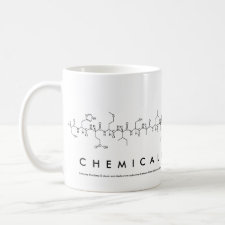
Authors: Zhang WY, Yun MY, Yu ZL, Chen D, Li X
Article Title: A Novel Cu(II) Ion-Imprinted Alginate-Chitosan Complex Adsorbent for Selective Separation of Cu(II) from Aqueous Solution.
Publication date: 2019
Journal: Polymer Bulletin
Volume: 76
Issue: (4)
Page numbers: 1861-1876.
DOI: 10.1007/s00289-018-2433-8
Abstract: A novel Cu(II) ion-imprinted complex adsorbent [Cu(II)-IIP] from alginate and chitosan was prepared by a three-step process of beading-combining-crosslinking with Cu2+ as the template ion. The Cu(II)-IIP showed higher capacity and selectivity for Cu(II) than the non-imprinted polymer. The theoretical maximum adsorption capacity of Cu(II)-IIP reached 83.33 mg/g, and the separation factor (α) for Cu(II) versus Zn(II) was 2.28. The adsorption of Cu2+ onto the Cu(II)-IIP was perfectly described by the Langmuir isotherm model. The adsorption kinetics agreed with the pseudo-first-order model in the first 8 h and more fitted pseudo-second-order model after then. Weber-Morris model confirmed that the adsorption rate would be controlled dominantly by the intraparticle diffusion and the inner surface binding. Moreover, the Cu(II)-IIP complex adsorbent exhibited good regeneration, and the adsorption capacity was stable within the first three adsorption-desorption cycles without significant reduction
Template and target information: copper ion, Cu(II)
Author keywords: chitosan, alginate, complex, ion imprinting, Cu(II) ion, adsorption



Join the Society for Molecular Imprinting

New items RSS feed
Sign-up for e-mail updates:
Choose between receiving an occasional newsletter or more frequent e-mail alerts.
Click here to go to the sign-up page.
Is your name elemental or peptidic? Enter your name and find out by clicking either of the buttons below!
Other products you may like:
 MIPdatabase
MIPdatabase









